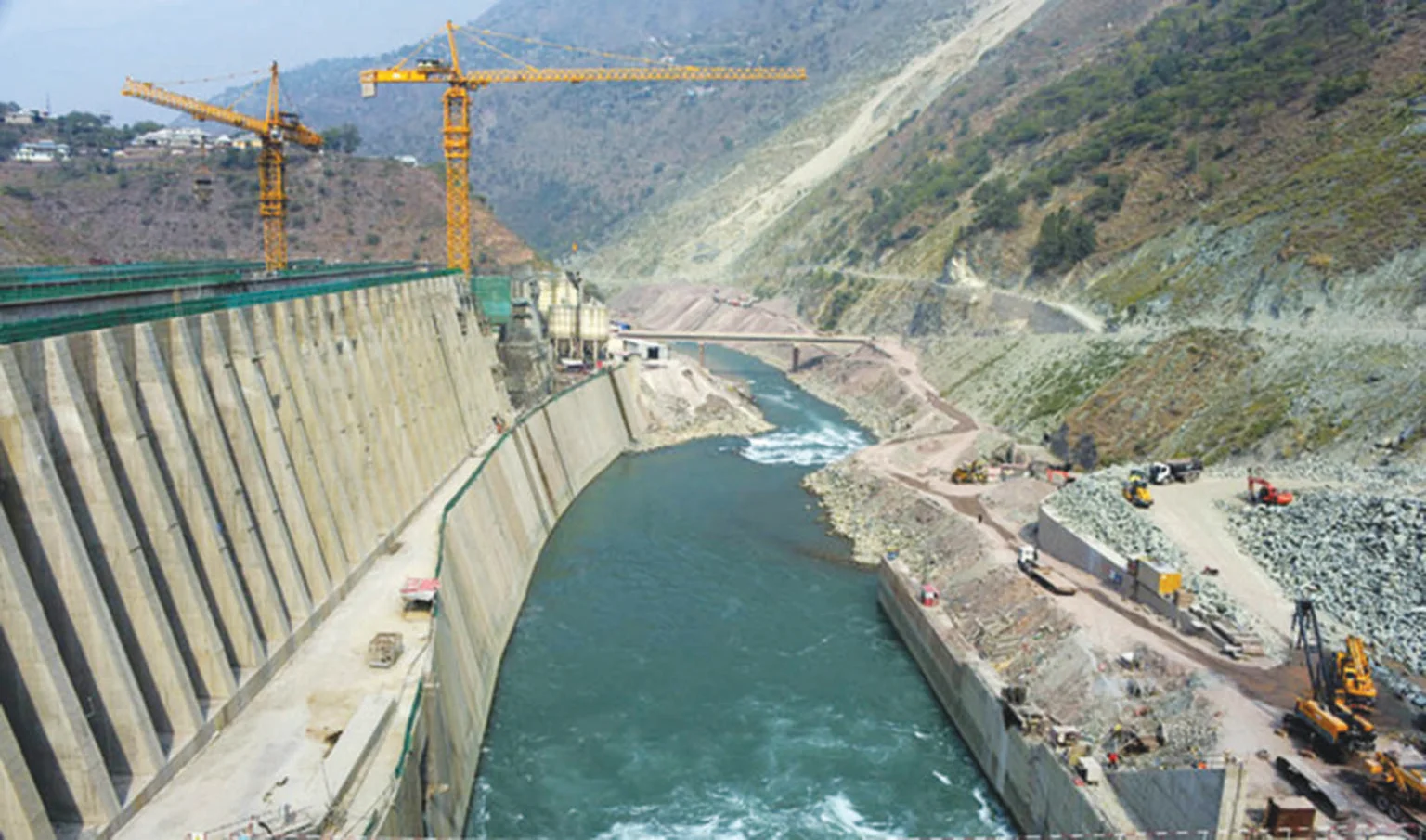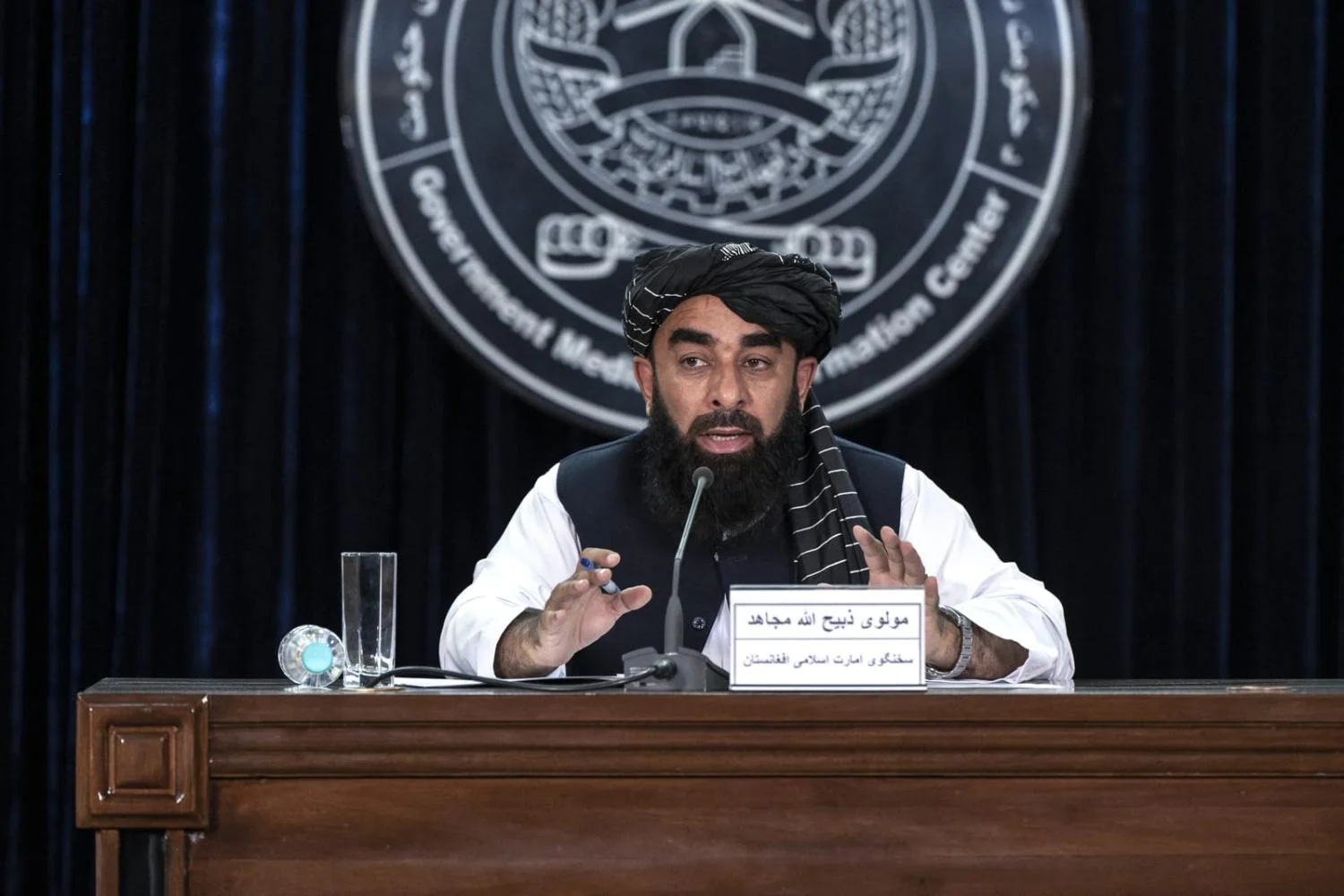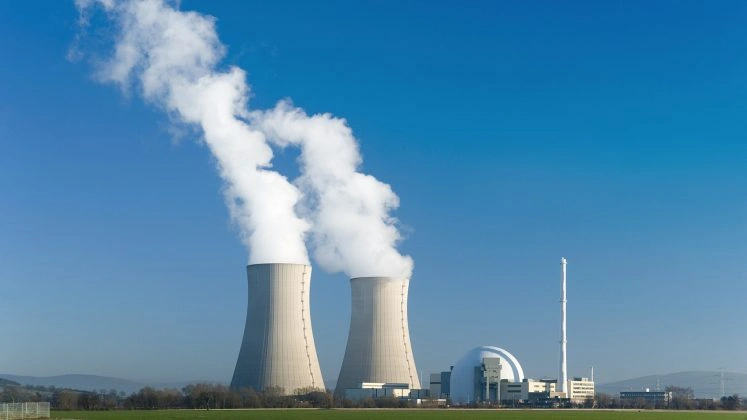It has never been new to weaponize weather. For centuries people have tried to control the forces of nature for military and strategic purposes. An obvious example from ancient times would be the rain-making rituals that ancient civilizations usually performed during wars. In modern times, scientists have resorted to cloud seeding for the same purpose. By the 20th century, “weather warfare” became an increasingly discussed topic. It was discovered that it would not take much more than changing the rainfall to cause drought or induce storms in a foreign country to harm their crops, and weaken their economies all without firing a single shot.
From Rituals to Operation Popeye: A Historical Glimpse of Weather Warfare
The Vietnam War is perhaps a single most-illustrated event in weather warfare’s history. The U.S. tried in the 1960s and 1970s to use Operation Popeye to lengthen the monsoon rains along the Ho Chi Minh trail to create flooding in support routes and to impede the enemy. This secretive program gave the world a glimpse of how science and the military could collaborate in the use of weather as a weapon; some nations were concerned about such applications, and in 1976, the United Nations adopted the Environmental Modification Convention(ENMOD), to restrict the use of weather for attacks, but most times, the adoption of the treaty comes in name only.
For some years now, nations have voiced great concern over the application of weather to gain strategic advantage. Cloud seeding has been charged during conflicts in the Middle East and against drought infliction on Africa, thus raising the concerns of “weather terrorism” and today, in South Asia, with a motive to weaken Pakistan, India seems to be pursuing it now.
India’s Manipulation of Water and Weather Against Pakistan
India has historically employed unconventional methods to exert influence over its neighbor, including manipulating water resources and controlling weather patterns. Since the partition, India has been hesitant to share water with Pakistan, leading to the Indus Waters Treaty (1960) for water sharing. However, this treaty has given India an advantage, which it frequently uses to construct dams and hydroelectric projects, thereby reducing water inflows to Pakistan. While presented as development initiatives, these projects are, in reality, intended to pressure Pakistan’s agricultural sector and economy.
Floods, Droughts, and Suspicious Timings
The most disturbing phenomenon in the recent past is the weaponization of the weather against an adversary. Pakistan is experiencing record floods, heatwaves, and erratic monsoons, which experts feel are not entirely natural. Although climate change exacerbates the extremes, this rather strange timing and extent of the events occurring in Pakistan give rise to concerns about possible deliberate interference.
Since the year 2001, Pakistan has lost more than 80,000 lives to terrorism and incurred economic losses amounting to over $102.5 billion from it. However, the havoc unleashed by extreme weather sometimes surpasses those losses from the battlefield. The super floods of 2010 displaced more than 20 million people, while the floods in 2022 covered a third of the country, and in 2025 again; approximately 3,660 km² of land in Punjab is submerged. While almost entire villages are swept under the Indus River, crops are ruined, and families are awaiting rescue on collapsed embankments.
This is where the concerns regarding Indian weather terrorism come: it controls the dams and rivers that flow into Pakistan. Releasing surplus water during the monsoon or not allowing it to flow during the dry months makes Pakistan, in a way, even more vulnerable. Such a situation converts the ordinary monsoon into a disastrous event. Statements made by India along with actions have further strengthened the belief that weather has been weaponized to “Teach Pakistan a lesson”.
The timing of these developments is highly suspicious. The nation has recently undertaken economic stabilization projects under the Special Investment Facilitation Council (SIFC) and begun participating in the China-Pakistan Economic Corridor (CPEC) as part of China’s Belt and Road initiative. While the country appears to be striving for stabilization, it seems that severe weather tragedies precisely strike at this critical juncture. During floods, resources are diverted from development to relief, crops are destroyed, exports are lost, and displaced individuals contribute to greater internal instability. These incidents do not appear to be random; they seem to follow a pattern familiar in unconventional warfare.
Beyond the economy, Pakistani society is also directly attacked by weather terrorism. Punjab, the country’s primary farming region that feeds millions, suffers when crops are ruined. This leads to food scarcity, rising prices, and deeper poverty for poor households. The effects are long-term: children leave school, communities are displaced, and trust in the government erodes. Weather terrorism is a tangible weapon, intended to harm the resilience of Pakistani society.
Also See: Cloud Burst and Calamities: Exploring Pakistan’s New Environmental Reality
Weather Terrorism as Hybrid Warfare
India’s presumed use of weather as a weapon echoes historical strategies designed to incapacitate adversaries by targeting their food and infrastructure. Just as medieval armies torched crops to induce starvation, modern approaches appear to manipulate weather patterns, as exemplified by programs like Operation Popeye. It now seems there’s a campaign of weather terrorism aimed at devastating Pakistan’s rivers and farmlands. Unlike a traditional assault, India cannot be directly accused, as its dams remain intact, leaving Pakistan to bear the brunt of destructive floods. This is a classic example of hybrid warfare.
Global Action Against Environmental Weapons Needed
If the world desires peace and stability, it cannot ignore environmental terrorism. Utilizing the environment as a weapon should be treated on par with other forms of hybrid warfare, such as cyberattacks or disinformation campaigns. International organizations must take action. The rules, accountability, and enforcement of the ENMOD convention at the United Nations should be more stringent. Regional blocs like the Shanghai Cooperation Organization should implement a check and balance mechanism for dam releases by India and the potential for it to manipulate weather patterns. International law also needs to recognize that deliberately harming another country by controlling its environment constitutes a form of terrorism, which cannot be taken lightly if the goal of long-lasting world peace is to be achieved.
The views expressed in this article are the author’s own. They do not necessarily reflect the editorial policy of the South Asia Times.







